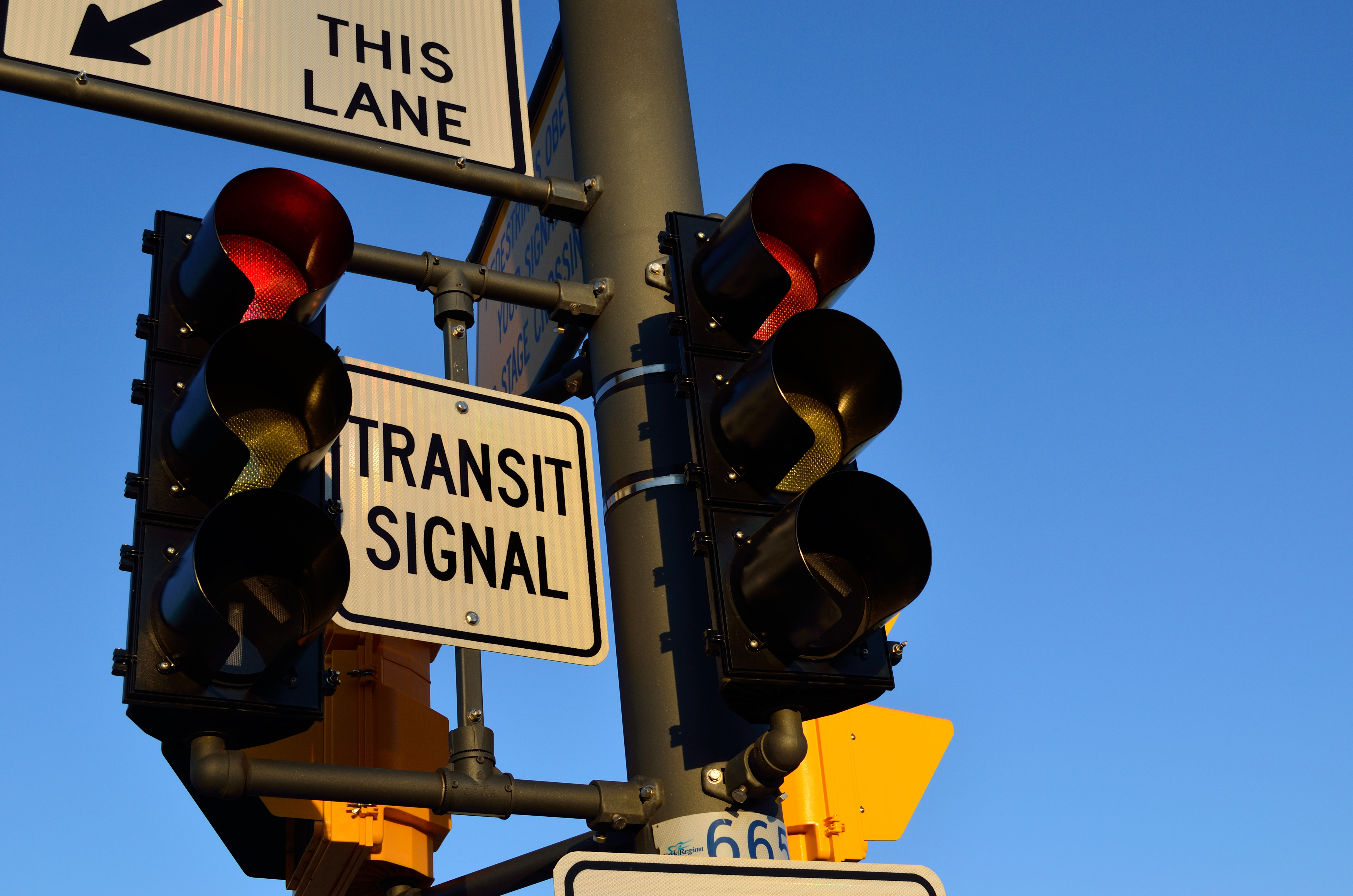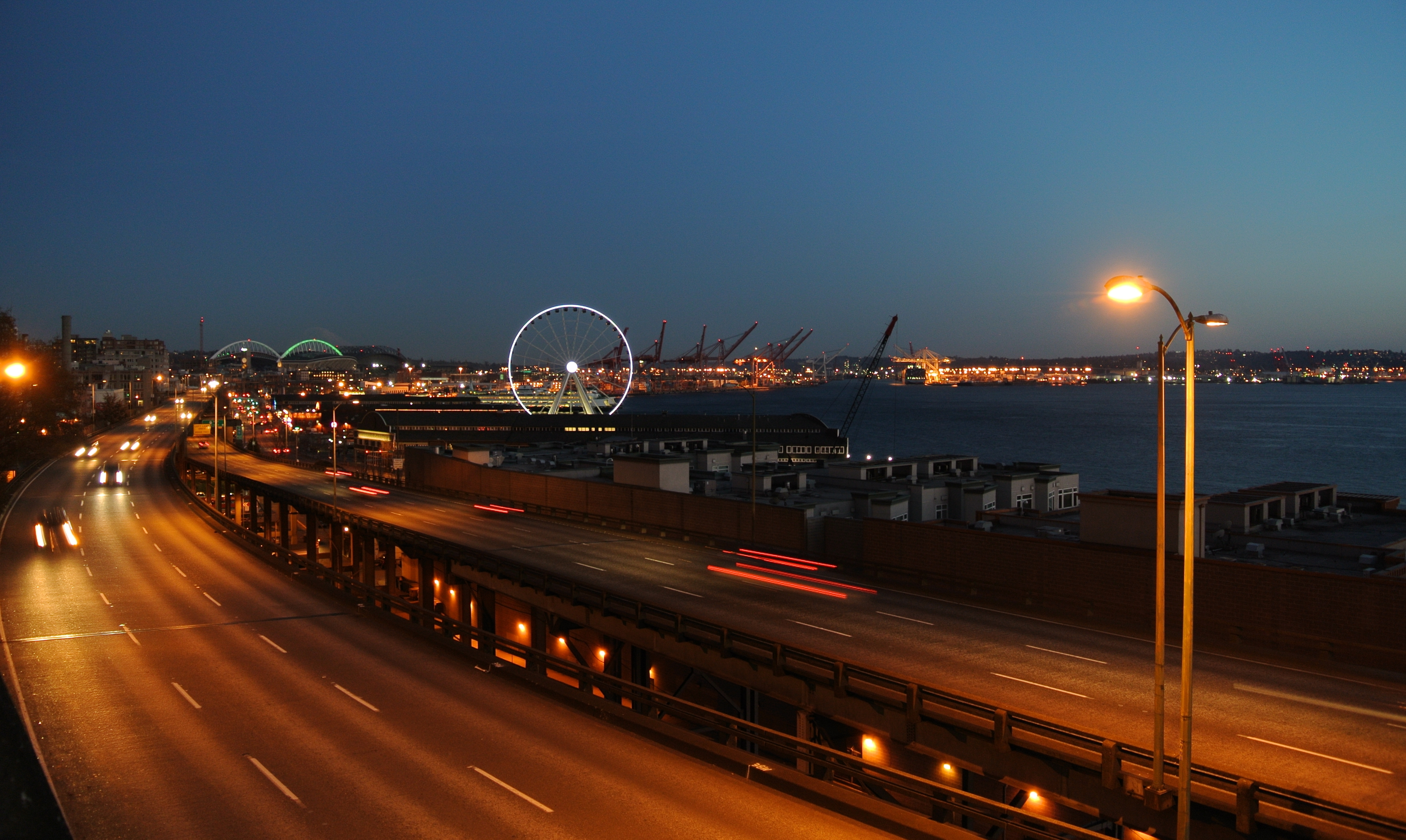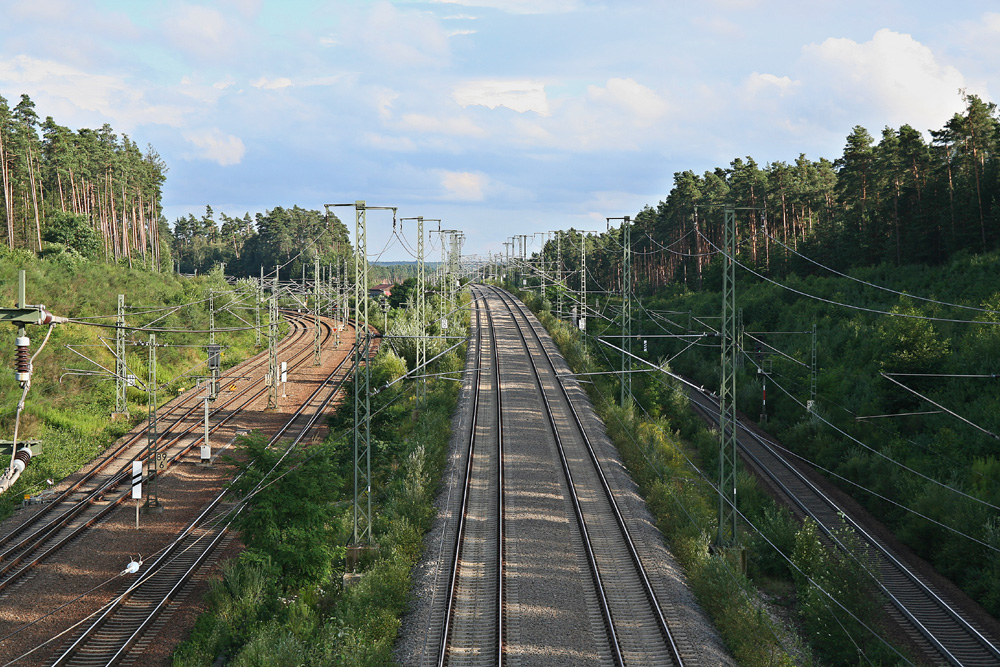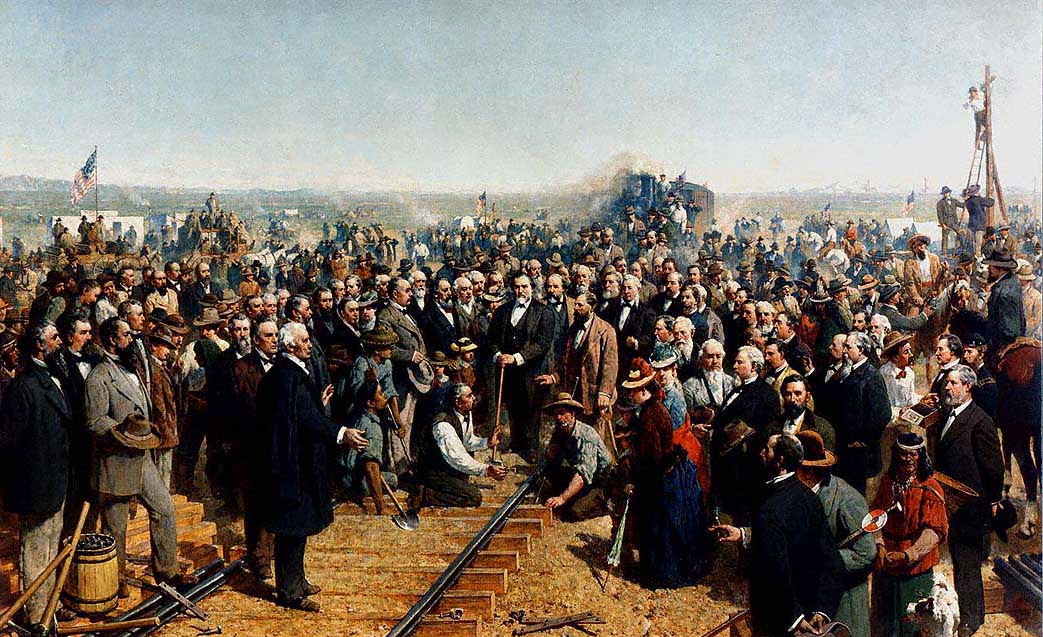|
SODO Busway
The SODO Busway, also referred to as the E-3 Busway, is a busway in the SoDo neighborhood of Seattle, Washington. It has four stops, including two that connect to Link light rail stations, and functions as an extension of the Downtown Seattle Transit Tunnel, which was formerly used by buses. The busway is served by ten bus routes—seven King County Metro routes from southern King County and three Sound Transit Express routes from Pierce County. Route The busway begins at an intersection with S Spokane Street, which is split into a couplet underneath the elevated Spokane Street Viaduct. The entrance is located about two blocks away from ramps to Interstate 5, which most routes utilize to travel between Downtown Seattle and their southern terminal. The busway follows the 5th Avenue S corridor, which was a railroad right of way that once ran to Union Station. Buses share the corridor with freight trains (between S Spokane Street and S Forest Street), Central Link light r ... [...More Info...] [...Related Items...] OR: [Wikipedia] [Google] [Baidu] |
Bus Lane
A bus lane or bus-only lane is a lane restricted to buses, often on certain days and times, and generally used to speed up public transport that would be otherwise held up by traffic congestion. The related term busway describes a roadway completely dedicated for use by buses. Bus lanes are a key component of a high-quality bus rapid transit (BRT) network, improving bus travel speeds and reliability by reducing delay caused by other traffic. A dedicated bus lane may occupy only part of a roadway which also has lanes serving general automotive traffic; in contrast to a transit mall which is a pedestrianized roadway also served by transit. History The first bus lane is often erroneously attributed to Chicago, where in 1939 Sheridan Road was installed with reversible lanes north of Foster Avenue. The setup consisted of three-lanes towards the peak direction (south in the morning; north in the evening), and one contraflow lane. None of the lanes exclusively carried buses, b ... [...More Info...] [...Related Items...] OR: [Wikipedia] [Google] [Baidu] |
Union Station (Seattle)
Union Station is a former train station in Seattle, Washington, United States, constructed between 1910 and 1911 to serve the Union Pacific Railroad and the Milwaukee Road. It was originally named Oregon and Washington Station, after a subsidiary line of the Union Pacific. It serves today as the headquarters of Sound Transit, the public transit agency serving the city and metro area. History Located at the corner of S. Jackson Street and 4th Avenue S. in the Pioneer Square neighborhood, the station opened on May 20, 1911. The Milwaukee Road discontinued passenger service to Union Station 50 years later, on May 22, 1961, and the Union Pacific followed suit on April 30, 1971. With no passenger rail service serving Seattle from Union Station, the building remained largely empty. An antique store filled the great hall for several years. After nearly 30 years of sitting idle, the station finally experienced an expansive renovation supported by Nitze-Stagen with financial backing fro ... [...More Info...] [...Related Items...] OR: [Wikipedia] [Google] [Baidu] |
Transit Signal Priority
Bus priority or transit signal priority (TSP) is a name for various techniques to improve service and reduce delay for mass transit vehicles at intersections (or junctions) controlled by traffic signals. TSP techniques are most commonly associated with buses, but can also be used along tram/streetcar or light rail lines, especially those that mix with or conflict with general vehicular traffic. Techniques Transit signal priority techniques can generally be classified as "active" or "passive". Passive TSP techniques typically involve optimizing signal timing or coordinating successive signals to create a “green wave” for traffic along the transit line's route. Passive techniques require no specialized hardware (such as bus detectors and specialized traffic signal controllers) and rely on simply improving traffic for ''all'' vehicles along the transit vehicle's route. Active TSP techniques rely on detecting transit vehicles as they approach an intersection and adjusting t ... [...More Info...] [...Related Items...] OR: [Wikipedia] [Google] [Baidu] |
Washington State Department Of Transportation
The Washington State Department of Transportation (WSDOT or WashDOT, both ) is a governmental agency that constructs, maintains, and regulates the use of transportation infrastructure in the U.S. state of Washington. Established in 1905, it is led by a secretary and overseen by the governor. WSDOT is responsible for more than 20,000 lane-miles of roadway, nearly 3,000 vehicular bridges and 524 other structures. This infrastructure includes rail lines, state highways, state ferries (considered part of the highway system) and state airports. History Department of Highways WSDOT was founded as the Washington State Highway Board and the Washington State Highways Department on March 13, 1905, when then-governor Albert Mead signed a bill that allocated $110,000 to fund new roads that linked the state. The State Highway Board was managed by State Treasurer, State Auditor, and Highway Commissioner Joseph M. Snow and the Board first met on April 17, 1905, to plan the 12 original stat ... [...More Info...] [...Related Items...] OR: [Wikipedia] [Google] [Baidu] |
Industrial Spur
A branch line is a phrase used in railway terminology to denote a secondary railway line which branches off a more important through route, usually a main line. A very short branch line may be called a spur line. Industrial spur An industrial spur is a type of secondary track used by railroads to allow customers at a location to load and unload railcars without interfering with other railroad operations. Industrial spurs can vary greatly in length and railcar capacity depending on the requirements of the customer the spur is serving. In heavily industrialized areas, it is not uncommon for one industrial spur to have multiple sidings to several different customers. Typically, spurs are serviced by local trains responsible for collecting small numbers of railcars and delivering them to a larger yard, where these railcars are sorted and dispatched in larger trains with other cars destined to similar locations. Because industrial spurs generally have less capacity and traffi ... [...More Info...] [...Related Items...] OR: [Wikipedia] [Google] [Baidu] |
Union Pacific Railroad
The Union Pacific Railroad , legally Union Pacific Railroad Company and often called simply Union Pacific, is a freight-hauling railroad that operates 8,300 locomotives over routes in 23 U.S. states west of Chicago and New Orleans. Union Pacific is the second largest railroad in the United States after BNSF, with which it shares a duopoly on transcontinental freight rail lines in the Western, Midwestern and Southern United States. Founded in 1862, the original Union Pacific Rail Road was part of the first transcontinental railroad project, later known as the Overland Route. Over the next century, UP absorbed the Missouri Pacific Railroad, the Chicago and North Western Transportation Company, the Western Pacific Railroad, the Missouri–Kansas–Texas Railroad and the Chicago, Rock Island and Pacific Railroad. In 1996, the Union Pacific merged with Southern Pacific Transportation Company, itself a giant system that was absorbed by the Denver and Rio Grande Western R ... [...More Info...] [...Related Items...] OR: [Wikipedia] [Google] [Baidu] |
SODO Busway Stop At South Holgate Street
Sodo ( am, ሶዶ) or Wolaita Sodo ( am, ወላይታ ሶዶ) or ( Wolaytatto: ''Wolayta Sodo Ambbaa'') is a city in south-central Ethiopia. The administrative center of the Wolaita Zone. It has a latitude and longitude of with an elevation between above sea level. It was part of the former Sodo woreda which included Sodo Zuria which completely surrounds it. Sodo is a center of major health and education institutions in Ethiopia. Soddo Christian Hospital has one of the 10 surgical training centers in Africa. The hospital provides a full range of medical, and surgical services, including Orthopedic and General, Maternity, and Pediatrics. Wolaita Sodo University Teaching Referral Hospital is also located in this town and it serves around two million people. The total number of beds in the hospital was 200; out of which 60 beds were in Obstetrics and Gynecology department. Sodo's amenities include digital and mobile telephone access, postal service, 24-hour electrical service, ... [...More Info...] [...Related Items...] OR: [Wikipedia] [Google] [Baidu] |
RapidRide E Line
The E Line is one of seven RapidRide lines (limited-stop routes with some bus rapid transit features) operated by King County Metro in King County, Washington. The E Line began service on February 15, 2014, running between Aurora Village Transit Center in Shoreline and Pioneer Square, Seattle in Downtown Seattle. The line runs mainly via Aurora Avenue N and 3rd Ave. At the Aurora Village Transit Center passengers can connect to Community Transit's Swift Bus Rapid Transit to Everett Station. History This corridor was previously served by King County Metro route 358 express which carried an average of 11,730 riders on weekdays during the last month in service making it King County Metro's second busiest route. In 2011, drivers on Route 358 wrote up 333 "security incident reports", leading the ''Seattle Weekly The ''Seattle Weekly'' is an alternative biweekly distributed newspaper in Seattle, Washington, United States. It was founded by Darrell Oldham and David Brewster a ... [...More Info...] [...Related Items...] OR: [Wikipedia] [Google] [Baidu] |
RapidRide D Line
The D Line is one of seven RapidRide lines (routes with some bus rapid transit features) operated by King County Metro in King County, Washington. The D Line began service on September 29, 2012, running between Carkeek Park in Crown Hill, Ballard, Interbay and Uptown and downtown Seattle. The line runs via Holman Road NW, 15th Ave NW, 15th Ave W, Elliott Ave W, W Mercer Pl, Queen Anne Ave N/1st Ave N and 3rd Ave. Prior to March 2016, the D Line was through-routed with the C Line, with buses continuing to West Seattle from Downtown. History This corridor was previously served Metro routes 15 and 18. which carried a combined average of 7,630 riders on weekdays during the last month in service. Since the implementation of RapidRide on the corridor, ridership has grown 53 percent and the D Line served an average of 11,700 riders on weekdays in spring 2015. Service Later developments The city of Seattle made major improvements to the RapidRide C and D lines after their ope ... [...More Info...] [...Related Items...] OR: [Wikipedia] [Google] [Baidu] |
Greyhound Lines
Greyhound Lines, Inc. (commonly known as simply Greyhound) operates the largest intercity bus service in North America, including Greyhound Mexico. It also operates charter bus services, Amtrak Thruway services, commuter bus services, and package delivery services. Greyhound operates 1,700 coach buses produced mainly by Motor Coach Industries and Prevost serving 230 stations and 1,700 destinations. The company's first route began in Hibbing, Minnesota in 1914 and the company adopted the ''Greyhound'' name in 1929. The company is owned by Flix North America, Inc., an affiliate of Flixbus, and is based in Downtown Dallas. History 1914–1930: Early years In 1914, Eric Wickman, a 27-year old Swedish immigrant was laid off from his job as a drill operator at a mine in Alice, Minnesota. He became a Hupmobile salesman in Hibbing, Minnesota and, when he could not sell the first seven-passenger Hupmobile that he received, he began using it along with fellow Swedish immigr ... [...More Info...] [...Related Items...] OR: [Wikipedia] [Google] [Baidu] |
Stadium (Link Station)
Stadium station is a light rail station located in Seattle, Washington. It is situated between the SODO and International District/Chinatown stations on the 1 Line, part of Sound Transit's Link light rail system. The station consists of an at-grade island platform at the intersection of the SODO Busway and South Royal Brougham Way in the SODO neighborhood of Seattle, adjacent to Lumen Field and T-Mobile Park. Stadium station was proposed in 1998 as part of the segment between the Downtown Seattle and Beacon Hill tunnels and subsequently deferred months later. It was reinstated in 2005 and construction of the station was completed in May 2006, several years before Link light rail service began on July 18, 2009. Trains serve the station twenty hours a day on most days; the headway between trains is six minutes during peak periods, with less frequent service at other times. Stadium station is also served by several Sound Transit Express and King County Metro buses that s ... [...More Info...] [...Related Items...] OR: [Wikipedia] [Google] [Baidu] |







.jpg)